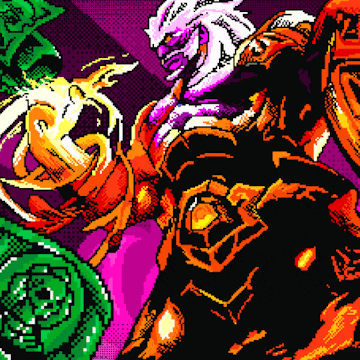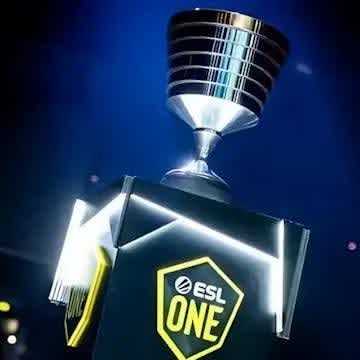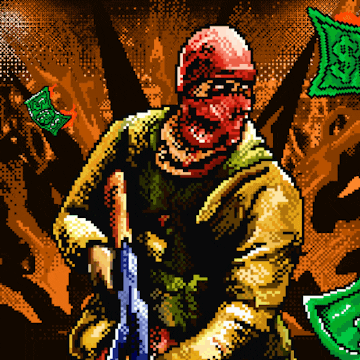The Overwatch League was a mistake from the start
When the history of esports’ growth spurt chapter is written, the Overwatch League will be the poster child of its issues. Never managing to go above its opening week peaks, the things that ultimately took down the competition down were the exact same issues people highlighted at the time it was first launched. We’ve got the receipts, too.
Overwatch League: a parody of esports
There are so many comical contradictions to choose from, so many failures to highlight. Overwatch is the esport that went with newly established local franchises for a fully digital game, which were shuffled around the world and maintained no identity anyway.
It’s the esport with the most red tape and regulations out there that could still never figure out a stable format or a healthy metagame. It’s the esport that eschewed most of the endemic talent in the space yet failed to create anything resembling mainstream appeal. It was an esport built from the ground up with the league in mind, yet couldn’t create easy-to-follow gameplay.
It’s the esport that never could surpass its initial viewing numbers, not even with dodgy embeds and other shady marketing practices.
It’s the esport that asked for $20 million for a buy-in and ended up paying $6 million for each team just to shutter it all.
It’s the esport whose struggles put the franchise itself in terminal decline, prompting the mismanagement of a sequel that never should have come and competitive decisions that alienated a significant chunk of the casual player base.
How many promises were broken, how much money went down the drain? We will never have a full accounting of all the dupes and the rubes. For most games, having a competitive scene running for half a decade would be seen as a decent run – but with all the money and all the lofty ambitions, the NFL and NBA comparisons, and, you know, everything else, the Overwatch League has to go down as one of the industry’s biggest failures.
As for my personal perspective on this, while Overwatch as a game had little appeal to me (I couldn’t grow to appreciate what it brought to the table compared to Valve’s red-headed stepchild I genuinely enjoyed, Team Fortress 2), but its rise and fall as an esport and the way it tracked the turbulent changes in this industry serves as an interesting contrast with my growth and opportunities as a writer.
Having seen many a VC-fueled startup soar and plummet – and I must say, Rivalry’s a notable exception to this, and I take pride in the fact that we’re both going strong after all these years – it is true that the projects that survived it all are on a much stronger foundation than those outlets and publications where I started out my career.
There’s the classic Richard Lewis interview with Blitz Esports (one of the many publications that haven’t survived, eaten up and chewed out by Discord), and it remains a near-perfect summary of the issues that would face the OWL.
As for my own trip down memory lane, here’s what stood out to me back in June 2018 about the Overwatch League when I wasn’t reading that infamous Morgan Stanley report:
“To be fair, there are no signs of such raging incompetence regarding the Overwatch League¸ even if the ham-fisted attempts at overreach and the weird insistence at keeping the content PG-friendly certainly seem to have a few parallels with some of the mistakes that played a serious part of the fall of Starcraft II – not to mention the difficulties of organizing tournaments and the ill-timed balance changes.
Meanwhile, franchises are essentially built from the ground up, and even if long-standing esport brands are involved with OWL, they have to build a new organization from scratch, with very little name recognition attached. Not only that, but other, otherwise quite forward-looking aspects like generous play contracts, player benefits and retirement savings plans are making this project even more expensive than it would otherwise be.”
There are benefits of a cleansing fire.
If there is a compelling esports product to be made out of Overwatch matches, at least the small-scale open circuit left behind in the ashes at least holds a modicum of promise that a non-Blizzard entity might create it in a way the developers couldn’t. Which would be the ultimate irony – or hilarity.
Valorant esports: an enlightening comparison
The jury is still out on the long-term prospects of Riot’s franchise-based esports competitions – the LCS certainly isn’t the juggernaut many projected it to be a few years ago, neither competitively, nor revenue-wise –, but the general genre and the publisher’s attitude makes Valorant esports an interesting and valuable comparison to look at. Even though Riot maintain an iron grip on their own competitions, there are still more stakeholders and considerations at play than we’ve ever seen with Overwatch’s ultra-myopic esports scene.
Unlike in the case of League, they now put a larger emphasis on providing (at least temporary) opportunities for emerging new talent – be it teams or players – to make it to the highest levels of play, and they are looking more at leveraging the existing orgs and brand recognition than Blizzard ever did, which coincidentally makes it much easier to expand the VCT’s foothold.
What’s clear is that no one figured out how to get esports audiences to pay for broadcasts, or to otherwise meaningfully monetize the product in a significant-enough way to make globetrotting competitions worth running. As the esports winter gets ever colder, I can’t help but feel that Valve had it right all along, keeping it all siloed and floating, treating it as a marketing expense rather than a standalone media product. Nevertheless, with much less of the hubris, and no dreams of making a new NBA from McDonald’s money, eschewing lavish and pointless expenses, Riot’s outdone Blizzard once again.






